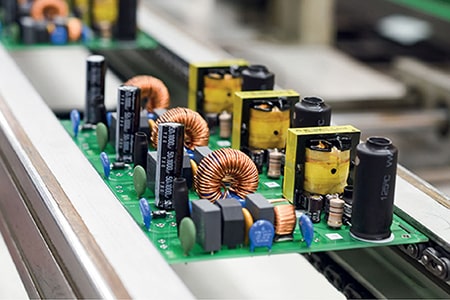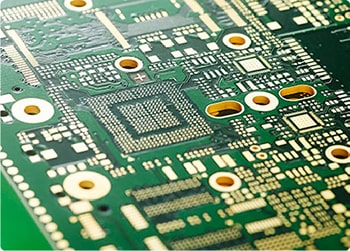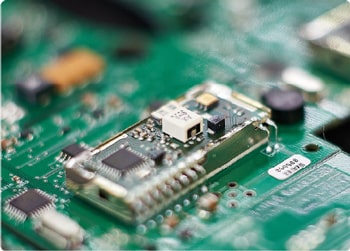What are the three protections of PCB circuit board processing three-proof paint?
The role of circuit board three-proof paintPCB circuit board processing three-proof paint mainly refers to the three protections of waterproof, moisture-proof and dust-proof.
Three-proof paint is also called PCB electronic circuit board protection oil, coating oil, waterproof glue, insulating paint, moisture-proof paint, three-proof paint, anti-corrosion paint, anti-salt spray paint, dust-proof paint, protective paint, coating paint, three-proof glue, etc. It is a specially formulated paint, mainly used to protect circuit boards and components from harsh environments.

PCB circuit boards that have been used with three-proof paint have the "three-proof" properties of waterproof, moisture-proof and dust-proof. At the same time, they are resistant to cold and hot shocks, aging, radiation, salt spray, ozone corrosion, vibration, good flexibility, strong adhesion and other characteristics, so they are widely used in various electronic devices. Under realistic conditions, such as chemical, vibration, high dust, salt spray, humidity and high temperature environments, circuit boards may have problems such as corrosion, softening, deformation, mildew, etc., resulting in circuit board circuit failures. Conformal coating is applied to the surface of the circuit board to form a protective film that prevents moisture, dust, smoke, chemicals, etc. from damaging the circuit board and components, thereby improving the reliability of the circuit board, increasing its safety factor, and ensuring its service life.
In addition, since conformal coating can prevent leakage, it allows higher power and closer printed circuit board spacing, thereby meeting the purpose of component miniaturization. For more information about conformal coating, it is recommended to visit relevant forums or consult experts in the field of electronic circuit board manufacturing.
The main functions of conformal coating for circuit boards:
Moisture and moisture proof: Conformal coating can form a protective film on the surface of the circuit board, effectively isolating moisture and humidity in the environment, and preventing the circuit board from corrosion or short circuit due to moisture.
Dust and anti-fouling: The protective film can effectively prevent dust, dirt or other tiny particles from adhering to the circuit board, ensuring the cleanliness of the circuit board and reducing failures caused by pollution.
Insulation and anti-leakage: Conformal coating has good insulation properties, which can prevent leakage between circuits and improve the electrical safety performance of the circuit board.
Enhance heat dissipation: Some conformal coatings have thermal conductivity, which can help the circuit board dissipate heat and ensure that the circuit board can still work normally in a high temperature environment.
Protect components: Conformal coating can protect the components on the circuit board from chemical corrosion and prevent the components from failing due to chemical corrosion.
Improve aesthetics: The circuit board coated with conformal coating has a neat appearance, which is conducive to improving the overall aesthetics of the product.
Increase product life: By providing a layer of protection for the circuit board, conformal coating can extend the service life of the product and reduce maintenance costs.
Conformal coating for circuit boards plays an important role in protecting circuit boards from environmental damage, improving electrical safety performance, and enhancing heat dissipation capabilities. It is of great significance to improve the overall quality and reliability of electronic products.







